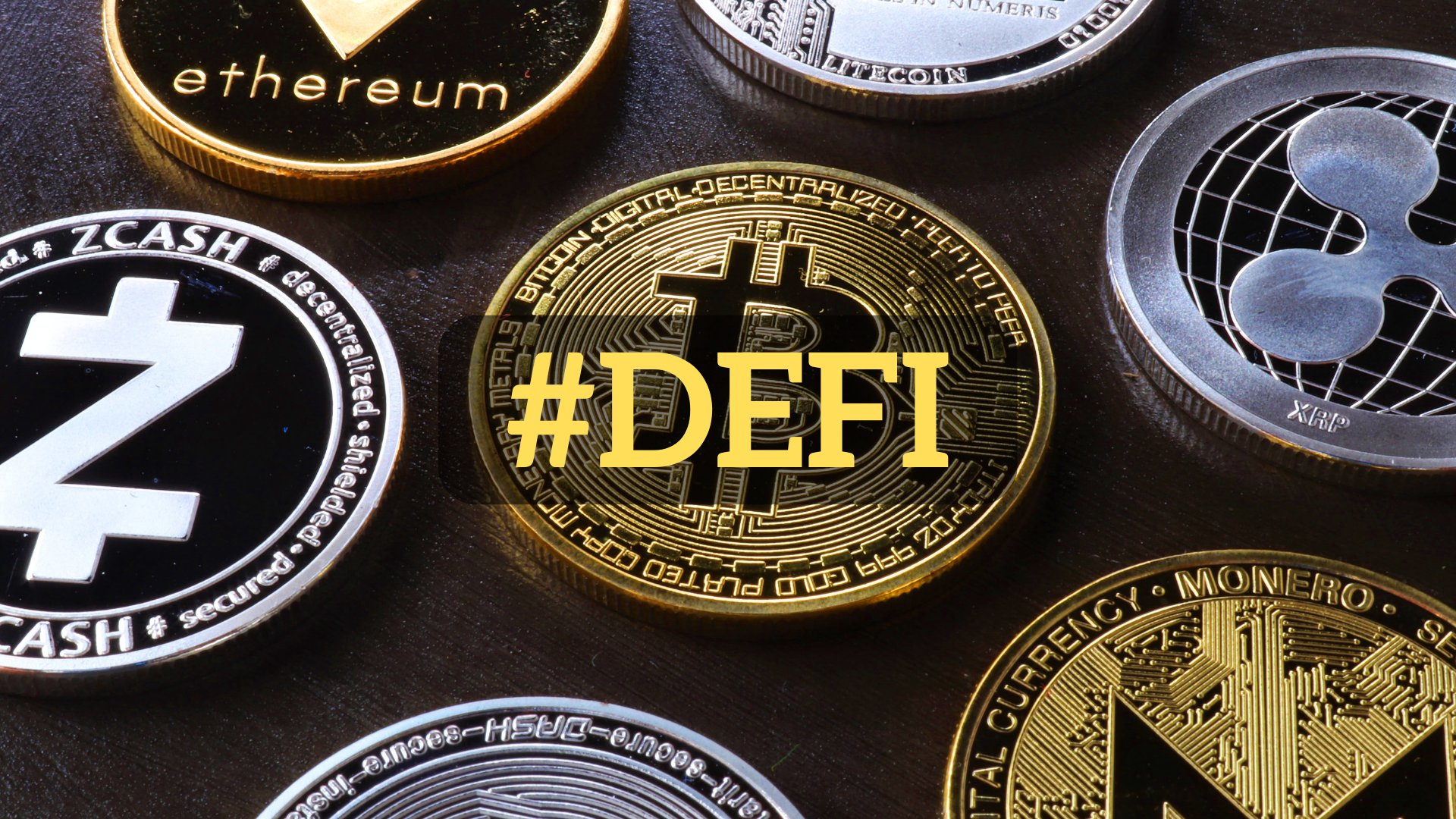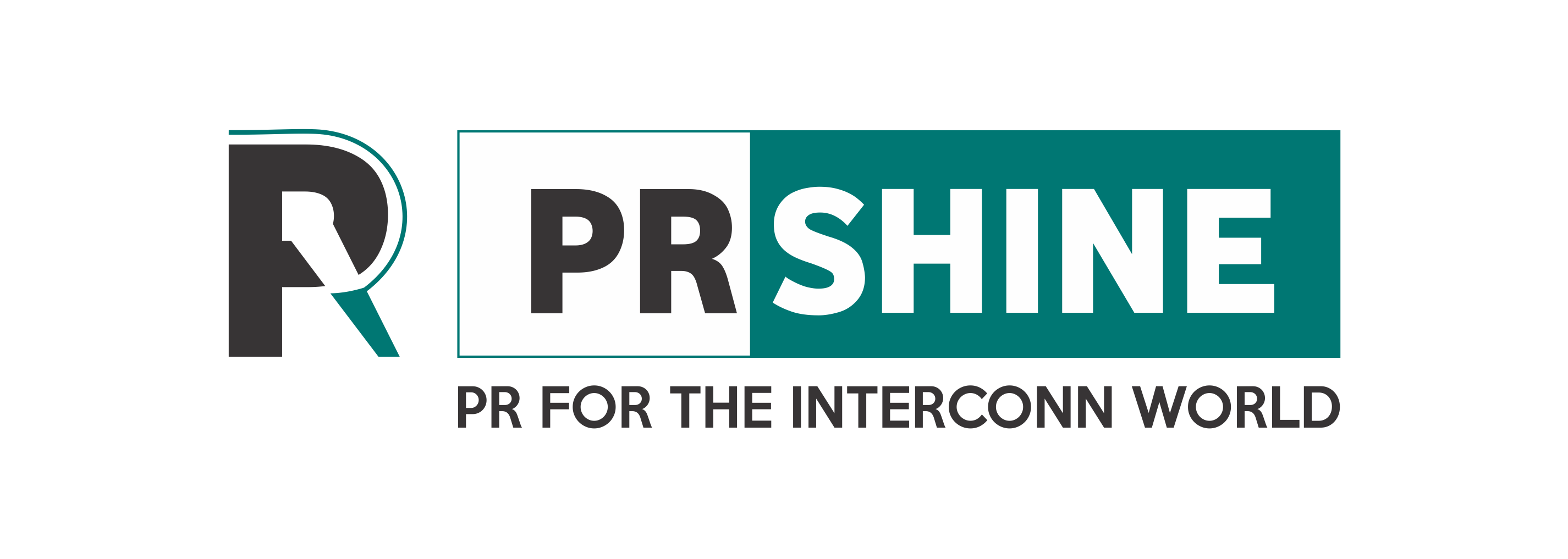Become the market leader in the ever-flowing Fintech industry with DeFi P2P lending & borrowing platform development
The advent of decentralized lending and borrowing has turned things around for the Fintech industry.

DeFi has facilitated a shift from traditional financial services to peer-to-peer decentralized financial services. Since centralized finance has data security issues and control over users' financial data, people have started to look beyond traditional centralized financial systems. Nearly $21 billion is locked up in the decentralized protocols. Since the advent of blockchains, DeFi applications have started to gain high traction in the Fintech industry. Especially, DeFi lending & borrowing platforms have gained remarkable prominence among crypto users. With DeFi lending and borrowing platforms, users can have a permissionless, transparent, and open-source financial service environment. This has made DeFi P2P lending and borrowing platform development one of the most sought-after business ventures in the DeFi space.
DeFi vs. Centralized finance
One of the major differences between centralized and decentralized finances is that decentralized finance is non-custodial. That means there are no central entities controlling the finances or the collateral locked into the DeFi system. DeFi uses smart contracts to execute transactions and automate lending processes in DeFi lending and borrowing platforms.
How do the DeFi lending and borrowing platform work?
With DeFi lending and borrowing platforms, users can deposit their cryptos into liquidity pools and yield interest with them. This liquidity pool is used to offer loans to users on the platform.
Lending process: The platform lends loans to users to those who require them through peer-to-peer transactions. If borrowers meet the basic requirements of the platform, smart contracts initiate the lending process. The process is recorded on the blockchain, making the lending process safer and more reliable.
Borrowing process: Users who need to borrow cryptos apply for loans on the platform by keeping NFTs or other assets as collateral. Then, the platform looks for lenders with similar requirements and executes the loan process with smart contracts.
Features of a DeFi lending and borrowing platform
Dashboard: All the users in a DeFi lending platform can have access to the user dashboard, where they can navigate to other features and perform trading.
DeFi wallet: Users use DeFi wallets to store cryptos with private keys that are used to access these cryptos. You can integrate your wallet with the platform and start using it for transactions.
Flash Loans: DeFi lending platforms offer flash loans that can be repaid instantly without the need for any collateral.
Payment gateways: Users can have access to multiple payment gateways with which they can get loans.
Automated market maker: The automated market maker in a DeFi lending platform maps the borrower's requests to lenders from the liquidity pool.
Staking: Users can also stake their cryptos on the lending platform and get rewards accordingly.
Perks of a DeFi lending and borrowing platform
- DeFi lending platforms are highly accessible regardless of geographical location and credit history.
- As decentralization eliminates the need for intermediaries, DeFi lending platforms are mostly cheaper than traditional lending platforms.
- All trading activities on the platform are completely transparent. This allows users to shop around for the best rates and it also builds trust among users.
- All users who stake their cryptos in the liquidity pools for a particular time period are eligible for staking rewards.
- Smart contracts on the platform ensure that there are no security breaches and that no user information is modified.
Workflow of a DeFi lending and borrowing platform
Signup: Borrowers and lenders need to sign up with the platform by completing the registration process and integrating their DeFi wallets into the platform.
Lender deposits currencies: Users can deposit their cryptos in the liquidity pools. Lenders who wish to lend fiat currency can also deposit the sum into the liquidity pools.
Loan requests: Borrowers initiate loan requests on the platform by sending loan requests and submitting a certain amount of cryptos or NFTs as collateral.
Request mapping: Then this request is sent to lenders in the liquidity pool through an automated market maker. Then the lender fixes an interest rate for the loan, and once the borrower consents to it, the smart contract initiates the loan process.
Closing thoughts
The advent of decentralized lending and borrowing has turned things around for the Fintech industry. It has paved the way for a decentralized, accessible, and reliable loan-availing process without any credit scores and geographical barriers. If you're an entrepreneur looking to leverage DeFi protocols by developing your own DeFi P2P lending platform but are confused about the development process, then hiring a professional DeFi P2P development company can do the trick for you.












